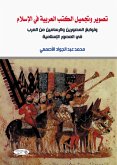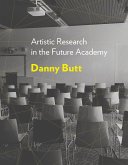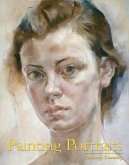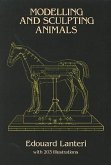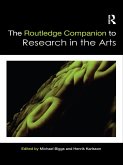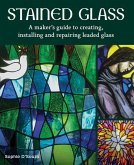Arikha was also an erudite and passionate scholar, endowed with a deep understanding of the history of art and its techniques, well-versed in world history and fascinated by science. He wrote many essays and curated important exhibitions of masters such as Poussin, Velázquez and Ingres.
In this collection of essays that he wrote between 1965 and 1994, Arikha expounds on art and artists (Mantegna, Velázquez, Poussin, David, Ingres, Degas, Matisse, and more), technique, seeing, and the state of culture in his day, which, one could argue, is no more hopeful today-almost thirty years later-than it was then.
"Throughout his whole development I have never ceased to admire the acuteness of his vision and his faultless insight into the art of the past."
-Samuel Beckett
Dieser Download kann aus rechtlichen Gründen nur mit Rechnungsadresse in A, B, BG, CY, CZ, D, DK, EW, E, FIN, F, GR, H, IRL, I, LT, L, LR, M, NL, PL, P, R, S, SLO, SK ausgeliefert werden.



